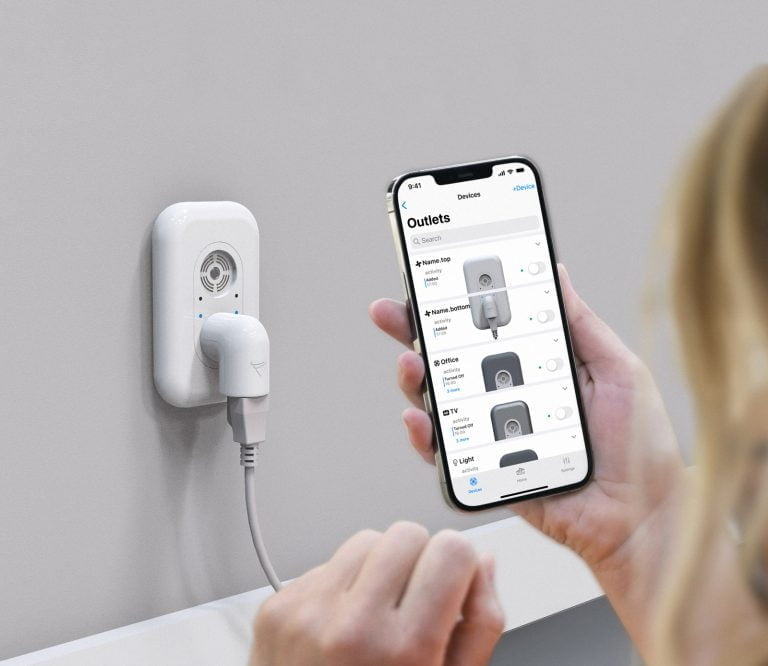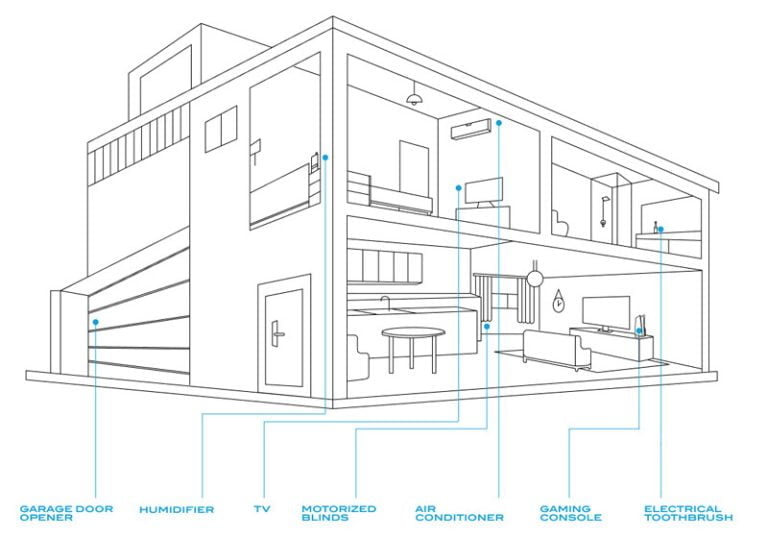
VoltSafe Blog Team – April 4, 2023
Demand Side Management: VoltSafe Tech Bridges the Gap in Current DSM Systems
Utility companies have implemented programs to encourage us to manage our energy usage and decrease the burden on the electrical grid. With the use of smart devices on the market, we should be prepared for electrification, right? Unfortunately, while these programs have substantial benefits, they rely on user participation. Users either have to manually manage their usage or use smart devices to assist with this management. These devices do have limitations which end up making overall adoption of demand side management a challenge.
Let’s take a closer look at the benefits and drawbacks of current demand side management systems and how VoltSafe’s patented tech can help fill in those gaps.

Benefits and Drawbacks of DSM Programs
The table below outlines the benefits and drawbacks of current demand side management practices for users and utility companies.
For users (residential, commercial and industrial):
| Benefits | Drawbacks |
Cost savings Shifting off peak hours, lower rates | Inconvenience -Shifting off peak hours is not always convenient for activities that are time sensitive or need immediate attention |
More control – Users are able to control their power usage with the assistance of IoT products | Steep learning curve -Pricing of IoT products is a put off for most. -They require users to learn new habits and behaviours such as running power hungry devices later at night. -Using them involves some trial and error. -More challenging in households with multiple occupants like a family |
Benefit the environment -Reduce the peak demand on the grid -Reduce the need for additional fossil fuel power plants to kick in to meet this demand | Limited savings -Houses with low consumption or those who already use energy-efficient appliances won’t see a big difference in energy savings |
For utility companies:
| Benefits | Drawbacks |
Reduced peak demand -Lower usage during peak hours reduces the need for expensive infrastructure upgrades to handle that peak | Implementation costs -Current systems can be costly, especially for utilities that do not have the necessary infrastructure or technology in place |
Improved grid reliability -Avoiding power outages | Consumer backlash -People might resist Time of Use pricing if they feel it’s unfair or they are not adequately informed about the benefits of the system. |
| Increased efficiency | Limited impact |
It is easy to see why adoption has been slow and why grids are still overburdened.

Limitations of Current DSM Technology
Current smart devices and metering systems are a challenge for the majority of home and business owners to implement into their daily lives. While they have made a slight difference, it is not enough to prevent a power outage similar to the one in Texas in 2021. So what are the limitations of current DSM technology and is there a solution?
- Limited granularity: existing systems provide data at the panel level which is not granular enough to identify specific devices or appliances consuming electricity. It makes it difficult for users to understand their energy usage patterns and adjust their habits accordingly. So it won’t tell you whether your oven or dryer is using the most energy. Maybe it is your television. The answer is not to stop using these appliances but learning when to use them. This is where an AI driven plug can help take that burden off by learning a user’s energy usage patterns and making the necessary adjustments to save energy.
- Lack of real-time feedback: many of the existing systems provide feedback on energy usage only on a daily or monthly basis. Meanwhile, AI driven systems provide real time feedback so users can make adjustments before their monthly bill comes in.
- Limited automation: many of the existing systems require manual intervention, like turning off appliances or devices which is inconvenient for users. AI technology helps systems work quietly and effectively in the background and are barely noticeable by the users.
- Limited interoperability: many of the existing systems are proprietary, and do not work well or integrate with other systems or devices which poses an adoption challenge.You currently have to purchase products within the same brand.
- High implementation costs: the hardware is expensive and the installation often requires electricians or certified technicians. For widespread adoption, the system has to be easy to install for non-technical users.
- Privacy concerns: Cybersecurity and data privacy are compromised. With VoltSafe technology, users are the only ones that have access to their energy usage information

VoltSafe’s AI-Based Technology Bridges the Gap
If you’ve kept up with the news lately, you’ve probably heard the buzz about the rise of AI technology. Don’t worry, Skynet will not be taking over our electrical grids. But what AI can do as far as demand side energy management is concerned is make demand side management effortless for the user and give the user more control. So the user decides when to charge their phone, their car or run a laundry cycle. They can take care of most tasks during low-peak hours to save money and only consume energy during peak hours if absolutely necessary. You are not at the mercy of a company telling you when you can charge your phone (iPhone owners know what I am talking about).
The use of AI in energy metered smart plugs like VoltSafe’s electrical connectors can significantly impact demand side management. This is because it improves the accuracy and efficiency of load forecasting, demand response and energy efficiency programs. The AI assists users by learning their energy usage patterns and adjusting accordingly, providing real time feedback so that they can make immediate adjustments. Since VoltSafe’s connectors are not proprietary, they can work with any device, appliance or application. The hardware will integrate an energy management system into the plug itself. This will not require a licensed professional to install making it more cost efficient than current on-demand management systems. As soon as the user installs, he or she will be able to take advantage of the cost and energy savings.
This will ultimately result in wider and easier adoption of energy efficiency programs currently implemented by utility companies by resolving the challenges that these programs face. The positive impact on the grid and users’ wallets will be far greater. Check out our next blog to learn more about what makes VoltSafe technology tick. In the meantime, check out VoltSafe Solutions to get a sneak peek at what we have in store.